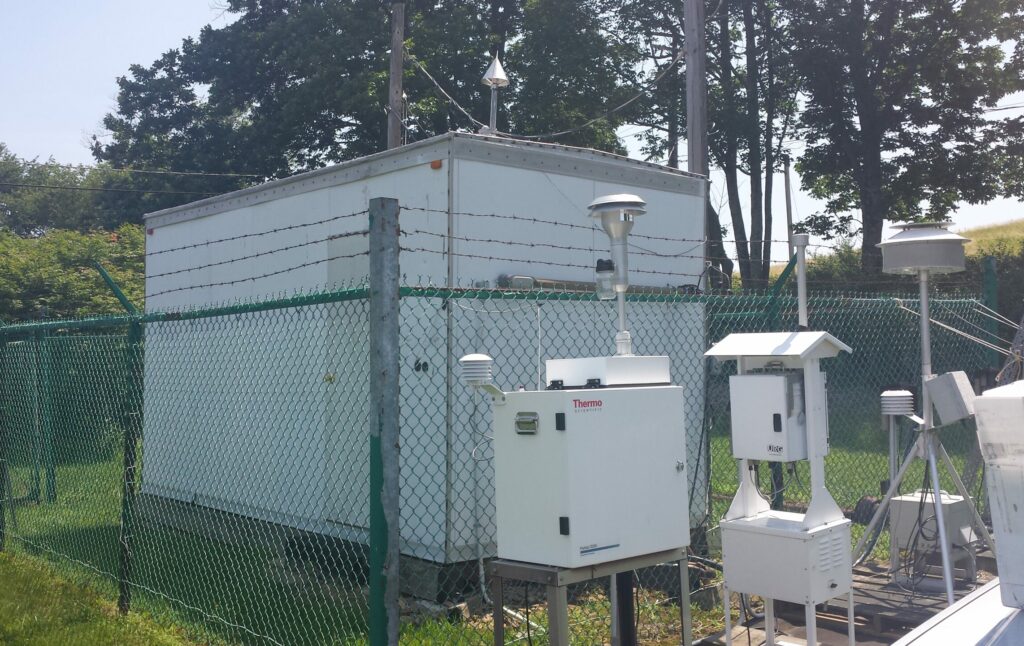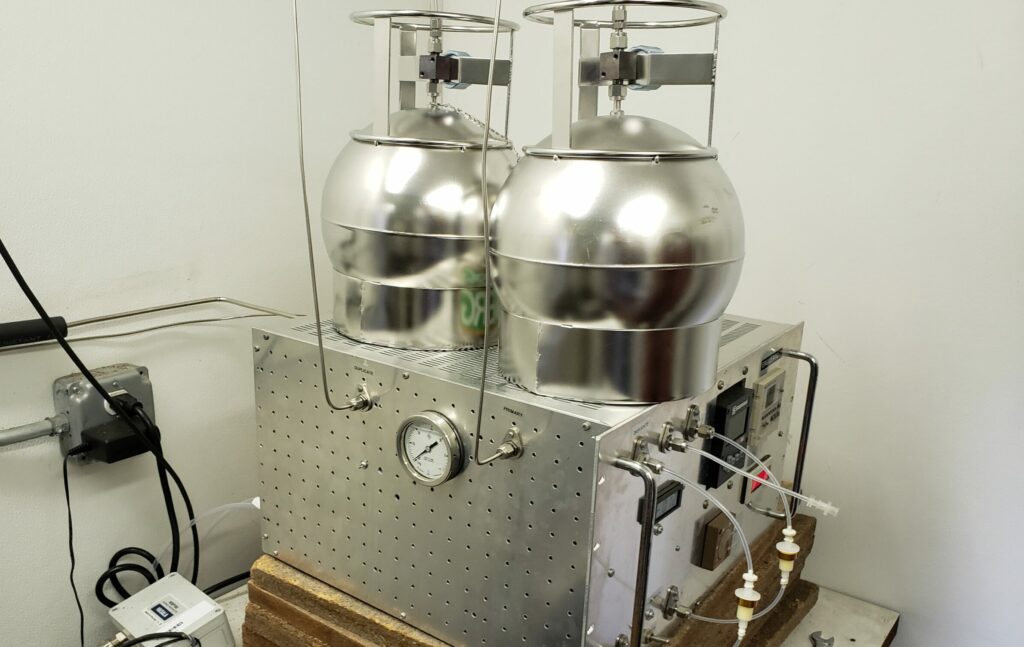How Does DEP Monitor Air Pollutants?
A variety of instruments and methods are used by DEP to measure concentrations of pollutants in the air.

Measurement of Criteria Pollutants
DEP’s air monitoring program is focused on the measurement of criteria pollutants.
Criteria pollutants are those which have National Ambient Air Quality Standards (NAAQS). Criteria pollutant monitoring is regulated by the U.S. Environmental Protection Agency (USEPA), which specifies the design and siting of the monitoring networks, the acceptable monitoring methods and equipment, and quality assurance activities (such as calibration, maintenance, audits, and data validation). Only data which meets USEPA requirements can be used to determine compliance with the NAAQS. Other pollutants are monitored to understand possible sources and potential human exposures.

Continuous Monitoring Methods
O3, NO2, SO2, CO & PM2.5 are measured in real time using USEPA-approved monitoring methods.
These monitors continuously transmit information to a central data acquisition system. Once an hour, this air quality data is posted to the Bureau of Air Monitoring website. After the data is reviewed it is submitted to USEPA’s national database.

Filter Collection of Particulate Matter
Filters are used to measure 24-hour concentrations of PM2.5, PM10, and some air toxics and other particles. Samples are collected every 1 to 6 days, and must be brought to a lab for weighing and analysis. The results are submitted to USEPA’s database, and are summarized in our annual Air Quality Report.

Canister Collection of Air Toxics
Air toxics that are volatile organic compounds are collected in a canister that must be processed in a lab. These results are submitted to USEPA’s database and are summarized in our annual Air Quality Report.
More information and details about DEP’s air monitoring program can be found in the annual Air Quality Report and the annual Network Plan.